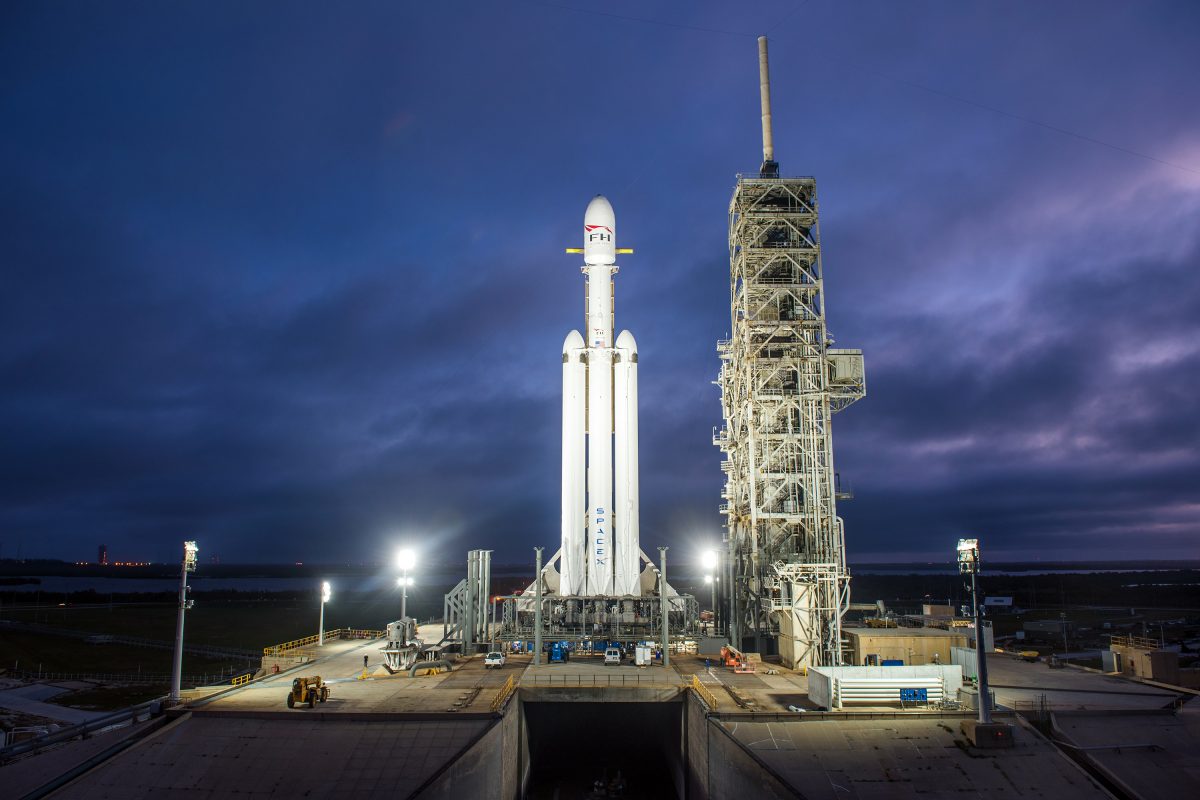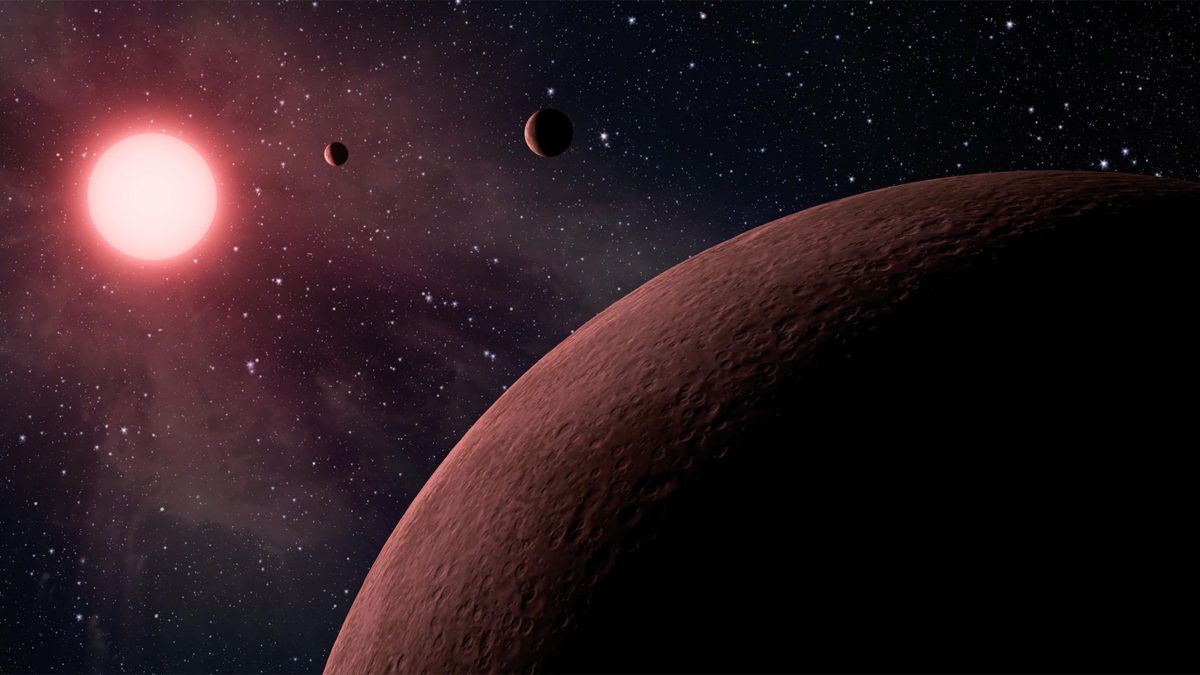Hawthorne, Calfornia-based SpaceX isn’t necessarily having performance issues with the rollout of their new rocket, but delays have pushed the awakening of its new vehicle into another week.
The Falcon Heavy was rolled out to Launch Complex 39A last Tuesday in advance of a landmark test that will be the most powerful hold-down fire of rocket engines in Cape Canaveral’s history. While the complex hosted flights of the Saturn V and Space Shuttle, the most powerful vehicles of their eras, they were fired up for tests elsewhere before launch.
Atop the vehicle at Kennedy Space Center sits Elon Musk’s used cherry red Tesla Roadster that will act as a mass or “dummy” simulator during the Falcon Heavy’s first launch. The electric sports car is supposedly heading toward a Mars elliptical orbit following a couple of weeks after a successful static-fire. SpaceX will likely go through the data following the test before determining a precise launch date.
The test was originally scheduled for last Wednesday but was immediately delayed for 24 hours due to general preparedness. On Thursday, during what’s called a Wet Dress Rehearsal, SpaceX discovered a sensor issue involving one of the clamps that would hold down the massive rocket during the test. Because of this issue, the Falcon Heavy static-fire has been ultimately moved to Tuesday, January 16th.
Wet Dress Rehearsals are important because they follow through with every operational procedure that leads up to engine firing and launch. SpaceX will do another one on Monday before the static-fire.
The window for the event opens at 4 PM Eastern and closes at 10 PM but SpaceX intends to fire up the engines at the earliest opportunity in that window. Media, including Starletters, have been setting up to witness and shoot the astounding 12-second-long firing from across the water at Playalinda Beach. The area will certainly feel the acoustics associated with the 5 million+ pounds of thrust power the Falcon Heavy will emit.
The engine firing will do minimum wear at Launch Complex 39A because the burn will be contained to the pad’s flame trench that is built to withstand the heat and vibration associated with the business end of a powerful rocket. It’s yet to see how the Falcon Heavy’s actual launch will affect the historic Apollo 11 pad but SpaceX has worked hard to upgrade the facility’s electrical systems and water sound suppression system. It will need it. Elon Musk and SpaceX claim that the Falcon Heavy will be the most powerful rocket in the world once it roars to life.
“When Falcon Heavy lifts off in 2018, it will be the most powerful operational rocket in the world by a factor of two,” says SpaceX. “With the ability to lift into orbit over 54 metric tons (119,000 lb)–a mass equivalent to a 737 jetliner loaded with passengers, crew, luggage and fuel–Falcon Heavy can lift more than twice the payload of the next closest operational vehicle, the Delta IV Heavy, at one-third the cost.”
During the static-fire, SpaceX will ignite all 27 Merlin engines that power the triple-booster Falcon Heavy––almost 7 years since CEO Elon Musk unveiled the launch vehicle at a National Press Club meeting in Washington DC. You can watch the full press conference below.
For now, the Falcon Heavy demonstration flight is still slated for the end of January.
Image Credits: SpaceX









